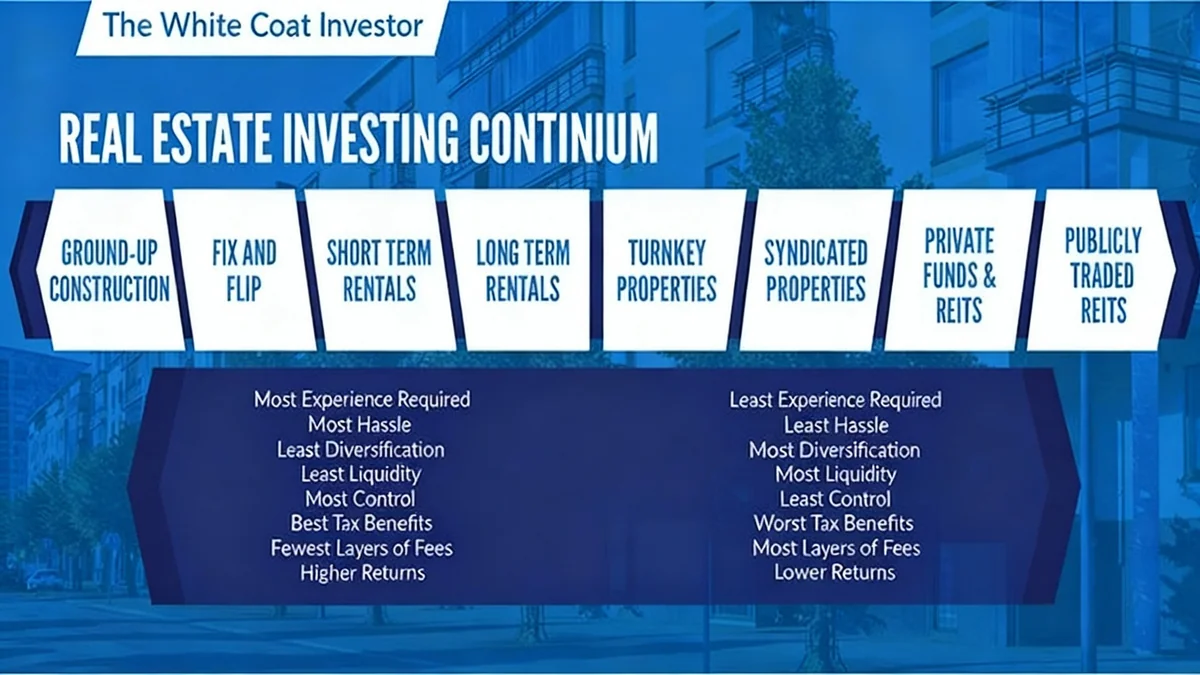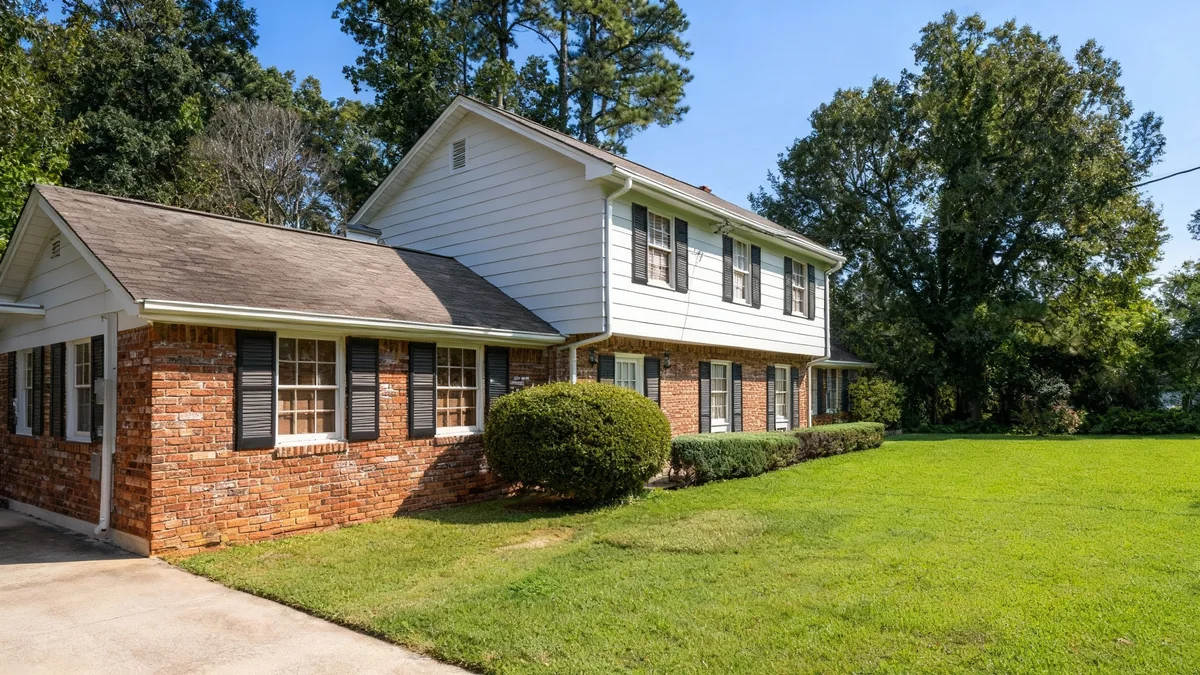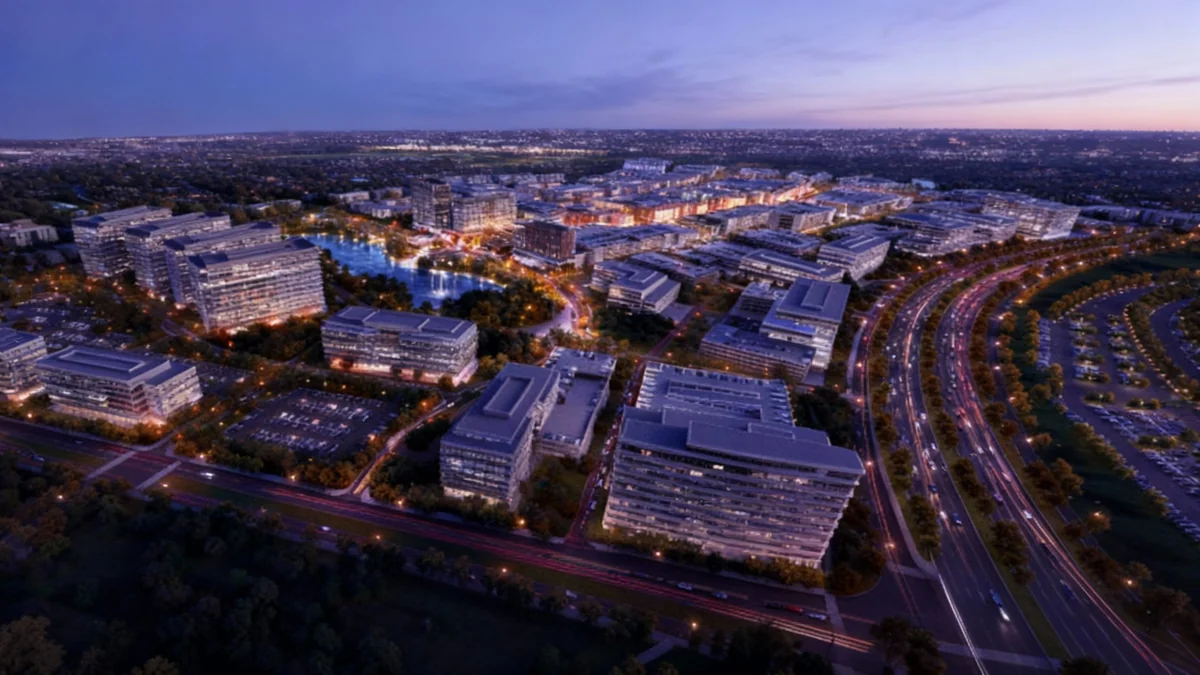In a surprising development for one of the nation's most expensive housing markets, home affordability for renters in San Francisco has improved over the past six years. A new report reveals that the city is one of only two major U.S. metropolitan areas where a larger percentage of renters can afford to buy a median-priced home now than before the pandemic.
According to research from real estate services firm CBRE, approximately 11% of renter households in San Francisco could afford a median-priced home as of the second quarter of 2025. This figure marks a notable increase from the 9.1% recorded at the end of 2019, signaling a shift in the city's challenging real estate landscape.
Key Takeaways
- As of Q2 2025, 11% of San Francisco renters can afford a median-priced home, up from 9.1% in late 2019.
- The city is one of only two major U.S. markets to see improved home affordability for renters since the pandemic.
- Despite the improvement, a new mortgage in San Francisco averages over $10,000 per month, more than triple the average rent.
- Saving for a 20% down payment requires an estimated 6.2 years of rent, among the longest periods in the nation.
A Counter-Trend in a Notorious Market
While housing affordability has declined across most of the United States, San Francisco presents a unique case. The improvement is attributed to a combination of high local incomes and home prices that have remained relatively stable, and in some cases, even declined since the pre-pandemic peak.
The monthly cost associated with owning a home in the city, which includes mortgage payments, insurance, and taxes, has seen minimal change since 2019. This stability contrasts sharply with significant cost increases observed in many other parts of the country.
However, San Francisco's affordability level still trails the national average. Across the U.S., about 12.7% of renters can afford to purchase a median-priced home, placing San Francisco slightly below this benchmark despite its recent gains.
A Tale of Two Cities
The only other major U.S. market identified by CBRE with increasing affordability is Detroit. The financial landscape in Detroit, however, is vastly different. A new mortgage payment there averages just $2,381 per month, highlighting the extreme cost disparity between the two regions.
Factors Driving the Affordability Shift
Several economic forces are contributing to this unusual trend in San Francisco. A key factor was a market correction following the pandemic, which saw a temporary exodus of residents from the city.
Philip Farr of Vanguard noted that this period led to price drops, particularly in the condominium market. "We did see some post-pandemic price corrections that happened within our market driven by an exodus of people leaving the city," he said, explaining that condos were especially affected.
More recently, the city's booming artificial intelligence sector has played a significant role. High salaries and stock sale programs at leading AI companies are providing a growing number of employees with the capital needed for a substantial down payment, making homeownership a more attainable goal.
The Financial Reality of Buying vs. Renting
Despite the positive trend in affordability, the financial barrier to entry for homeownership in San Francisco remains formidable. The gap between the cost of renting and buying is substantial, creating a significant challenge for prospective buyers.
Data from the second quarter of 2025 shows the average monthly mortgage payment for a new home purchase was $10,420. In stark contrast, the average monthly rent for an apartment was $3,498. This means owning a home costs nearly three times as much per month as renting.
The Down Payment Hurdle
Saving for a 20% down payment is a major obstacle. According to CBRE's calculations, a renter in San Francisco would need to save the equivalent of 6.2 years of rent to accumulate enough funds. This is one of the longest savings periods in the nation, surpassed only by Orange County (8.3 years) and neighboring San Jose (6.9 years).
A Complex and Competitive Landscape
The data emerges at a time when San Francisco's rental market is also experiencing intense pressure. Recent reports indicate that local rents have reached their highest point since April 2020, described by some as "absolutely insane" in terms of competition.
This dual pressure creates a complex situation for residents. While the path to homeownership has become slightly more accessible for a small percentage of high-earning renters, the overall cost of living and the immense capital required for a down payment keep it out of reach for the majority.
The trend suggests that while the dream of owning a home in San Francisco is statistically more possible than it was six years ago, it remains an expensive and challenging endeavor reserved for those with significant financial resources.





